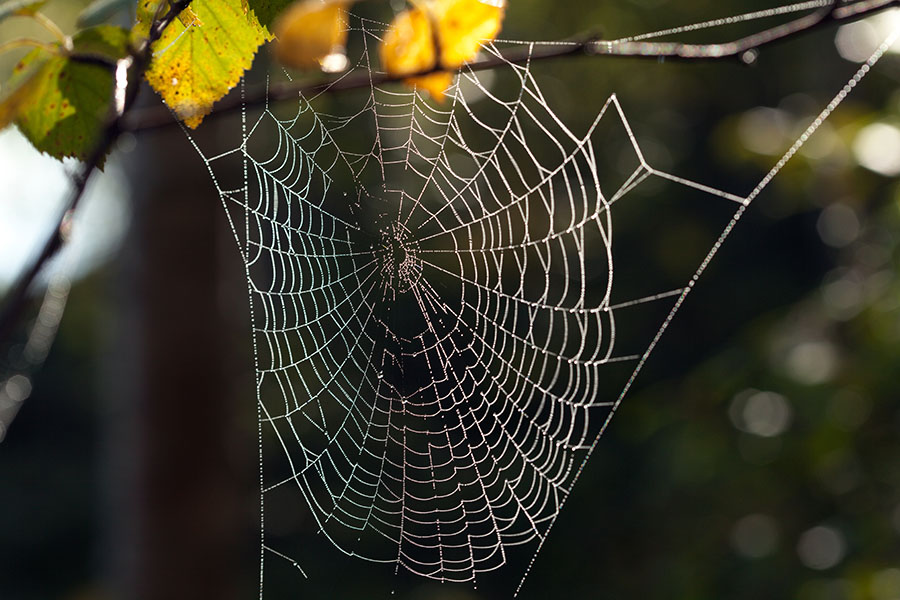
How spider webs could help scientists keep track of wildlife
To help keep track of wildlife, scientists have been working on an innovative approach that involves studying tiny bits of environmental DNA (eDNA) left behind by every living species in all the planet's ecosystems
 Researchers at Australia's Curtin University (Perth) have been using DNA caught in spider webs to identify local wildlife.
Image: Shutterstock
Researchers at Australia's Curtin University (Perth) have been using DNA caught in spider webs to identify local wildlife.
Image: Shutterstock
Researchers in Australia have suggested an inexpensive and practical method for helping to keep track of wildlife. Their idea is to analyze the DNA fragments captured in spider webs to identify the presence of animals in specific natural sites.
Wildlife is under threat all over the world. According to the WWF's Living Planet report (WWF) published at the end of 2022, vertebrate populations fell by an average of 69% between 1970 and 2018. But the state of decline of living species is difficult to assess, as it requires almost constant monitoring across the globe. To help keep track of wildlife, scientists have been working on an innovative approach that involves studying tiny bits of environmental DNA (eDNA) left behind by every living species in all the planet's ecosystems: in the soil, air, water, mountains, countryside and so on. To optimize this method, Australian researchers at Curtin University (Perth) came up with the idea of analyzing the environmental DNA fragments caught in spider webs to identify the genetic signatures of the different animals in the vicinity.
Their experiment was based on 49 spider web samples collected at Perth Zoo and in the woods of the Karakamia Wildlife Sanctuary (50 km east of Perth). "We detected non-human vertebrate DNA in all tested web samples; yielding a final list of taxa that included 85 non-human vertebrate species across both sample sites," the researchers write in their paper, published in the iScience journal. Spider web samples from the Karakamia sanctuary provided environmental DNA from vertebrates belonging to 32 different species, including 16 mammals, 14 birds, one reptile and one amphibian. Those from Perth Zoo provided environmental DNA from 61 different vertebrates and produced a very distinct species composition, "largely reflecting exotic species hosted in the zoo," the study notes.
Traces suggesting the presence of invasive species such as the red fox, house mouse and black rat were also detected, as well as that of several domestic or livestock animals, such as cows, sheep and pigs, not known to occur within the sanctuary but farmed throughout the region. According to the researchers, their data provides "compelling evidence" that studying the eDNA captured in spider webs can detect vertebrate species living in the immediate vicinity of the webs. "Our results indicate a tremendous potential for using spider webs as a cost-effective means to monitor terrestrial vertebrates," they conclude.







